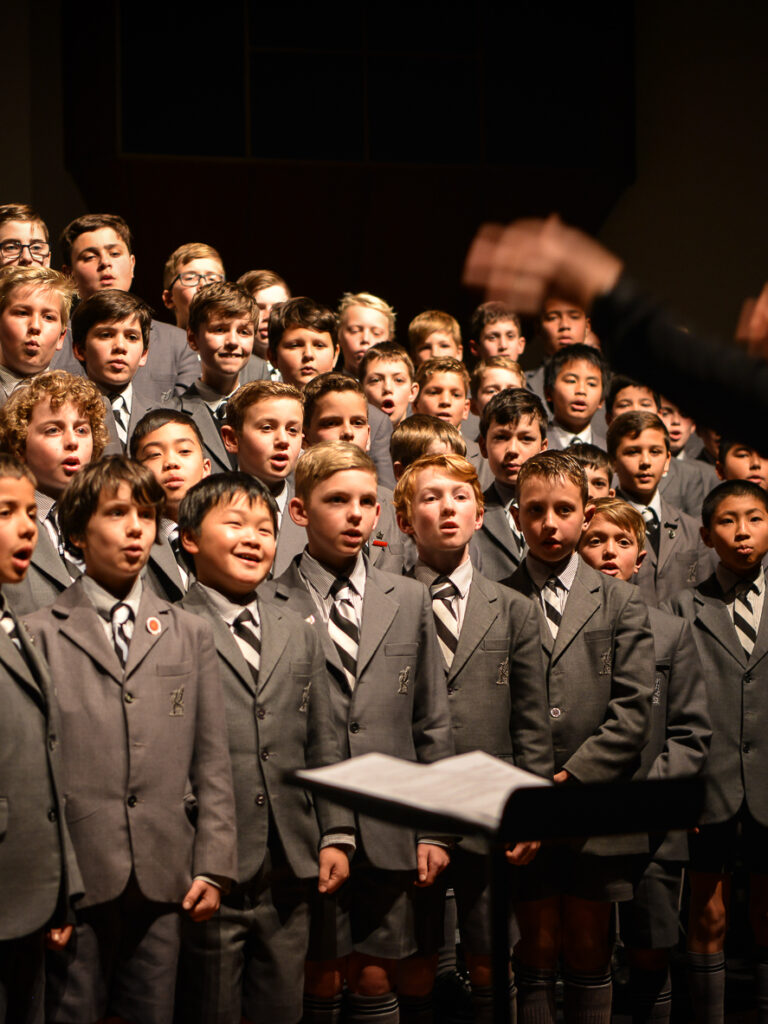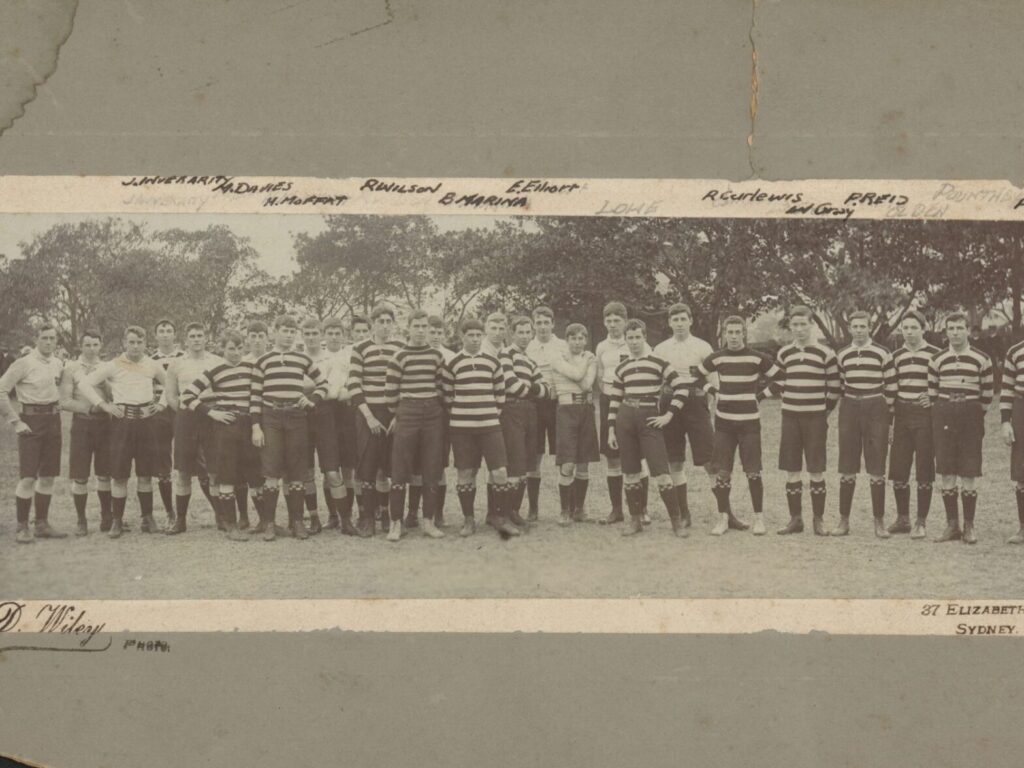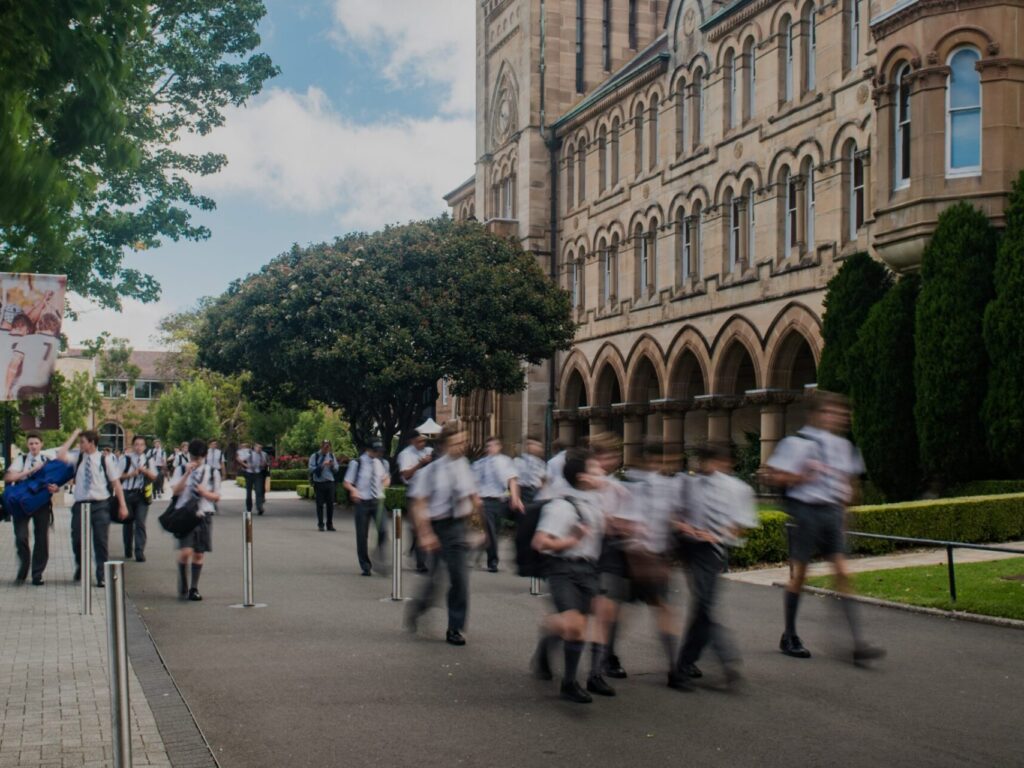History
Founding the College
Newington College was founded in 1863. It was established as a result of a growing view in the Wesleyan Methodist Church that an institution higher than elementary school was needed in Sydney. Rev John Allen Manton (1807–1864) was its leading advocate and the College’s first president.
Newington House was the former home of colonial merchant and landowner John Blaxland, on the banks of the Parramatta River at Silverwater. The College opened its doors on 16 July 1863 with 16 students aged between seven and sixteen. The College was conceived as ‘…decidedly Wesleyan in its character [but] … open to the sons of parents of all religious denominations.’ The College also functioned as the home for theological training for the Methodist Church in NSW until 1914.
The College Archives
Newington’s archives are our corporate memory, forming the bridge between our past, present and future.
The archives are authentic documentary evidence of the work and life of our College and community over more than 150 years.
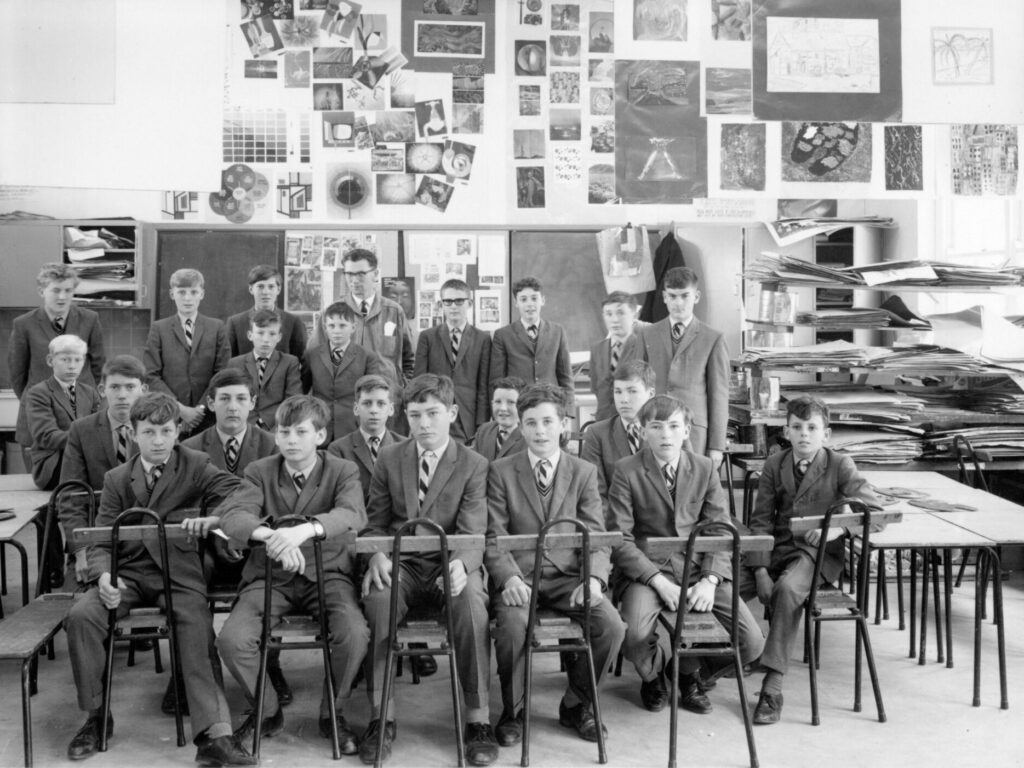
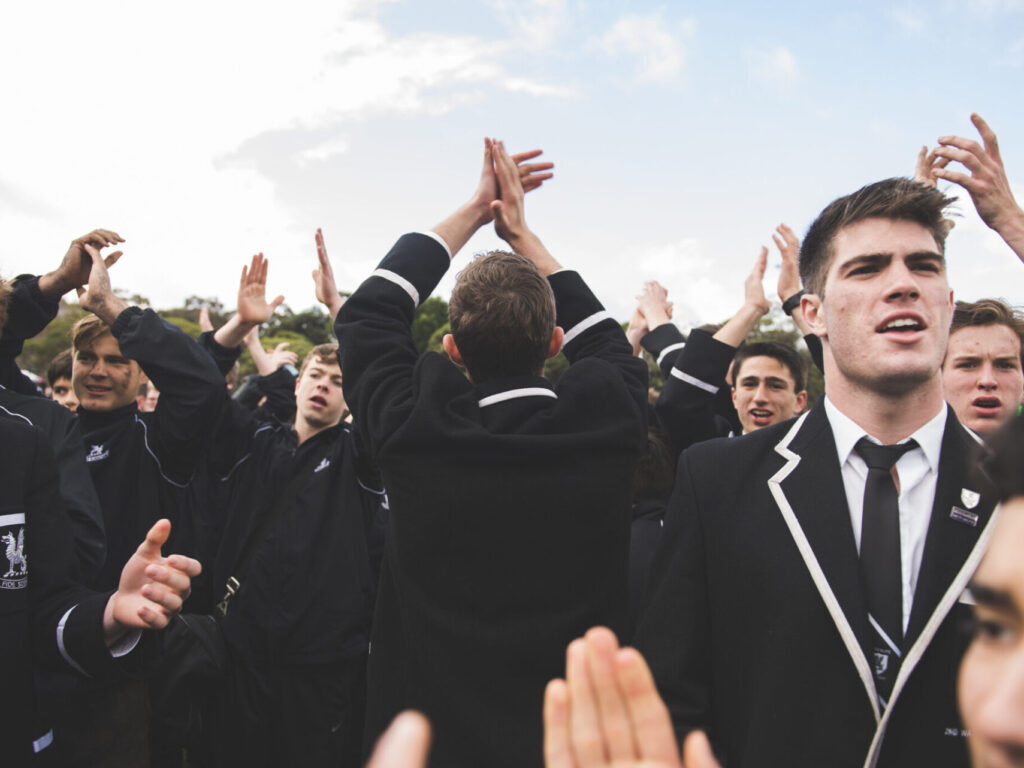
A Sesquicentenary History
This history of Newington College, commissioned for the 150th anniversary in 2013, stands upon the shoulders of Newington’s past historians.
And yet it is a new history, and takes a somewhat different tack from previous histories. The book was authored by Sydney based public historian Dr Stephen Gapps. The book is filled will rare photos, intriguing documents and fascinating stories that chronicle the full 150 years of Newington College.
College Crest and Song
The current College crest has two components: the wyvern and the motto.
Newington’s school song, ‘Dear Newingtonia’, was first sung at Speech Day on 13 December 1895.

The Wyvern
Newington’s wyvern crest has its origin in an 18th century engraver’s mistake.
When in 1788 James Fittler made an engraving of a painting of John Wesley, the founder of Methodism, he embellished it with the Wesley family coat of arms. While the arms had a cockatrice (a two-legged dragon with a rooster’s head) for a crest, he used a wyvern (a two-legged dragon with a dragon’s head).
As a result, Methodist institutions around the world, including Newington College, have adopted the wyvern, in honour of John Wesley. Newington adopted the wyvern for its badge in the late 1890s. ‘The dragon, grim, defiant’, as it was described in the school magazine in 1899, has been a potent visual symbol of the school ever since.
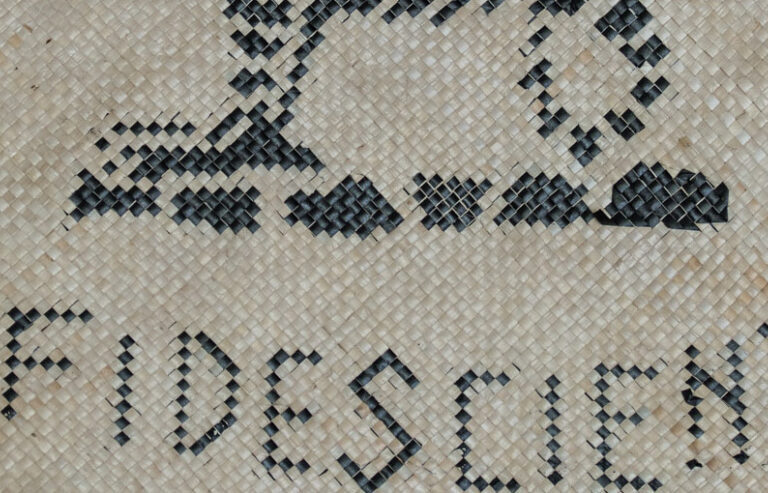
The Motto
The motto ‘In fide scientiam’ was added to the Wyvern in a ribbon scroll. It is taken from the second epistle of Peter, and the Latin as ‘To your faith, add knowledge’.
The full text, which we consider highlights attributes to be aspired to in young adults, is below:
For this very reason, make every effort to add to your faith goodness; and to goodness, knowledge; and to knowledge, self-control; and to self-control, perseverance; and to perseverance, godliness; and to godliness, mutual affection; and to mutual affection, love. For if you possess these qualities in increasing measure, they will keep you from being ineffective and unproductive in your knowledge of our Lord Jesus Christ.
2 Peter 1:5–8 New International Version (NIV)
College Song
Newington’s school song, ‘Dear Newingtonia’, was first sung at Speech Day on 13 December 1895.
The words had been written for the occasion by Frank Williamson, a teacher who had charge of concerts and entertainments at the school. The Sydney Morning Herald reported that this ‘glee’ was ‘perhaps the selection most appreciated’ of the entertainment pieces performed that day.
While the words were new, the tune was well known. It had been published as a sentimental love song, ‘Sweet Evelina’ (words by ‘M’, music by ‘T’) in New York in 1863. It is likely that the song was older still: the published song describes it ‘As sung by all the Minstrel Bands’. It was not the melody alone that was borrowed for the new school song. The words of the chorus, ‘my love for thee shall never, never die’, also came from the original song, with its refrain of ‘Sweet Evelina, Dear Evelina, my love for thee shall never, never die’.
See there on the hill-top dear Newington stands
And looks to the sea o’er low lying lands,
While her fame has gone forth to this continent’s bound,
And none fairer than she in this wide earth is found.
Dear Newingtonia! Dear Newingtonia!
My love for thee shall never, never die.
Dear Newingtonia! Dear Newingtonia!
My love for thee shall never, never die.
Names? Yes, there are many deep carved on her walls
Of those who have triumphed in ‘Varsity halls;
And athletes who’ve toiled through a score of hard frays,
Swell loudly this chorus we sing in her praise.
Chorus
The years may go by and we youngsters get old,
Yet ne’er will the love for our College grow cold.
Nay, rather as onward towards life’s end we go,
This home of our boyhood yet dearer shall grow.
After its successful debut, ‘Dear Newingtonia’ quickly became popular in the Newington community and by 1899; it was being referred to as ‘the old school song’. For many decades it appeared at the front of each issue of The Newingtonian and it continues to be sung with great emotion today.
